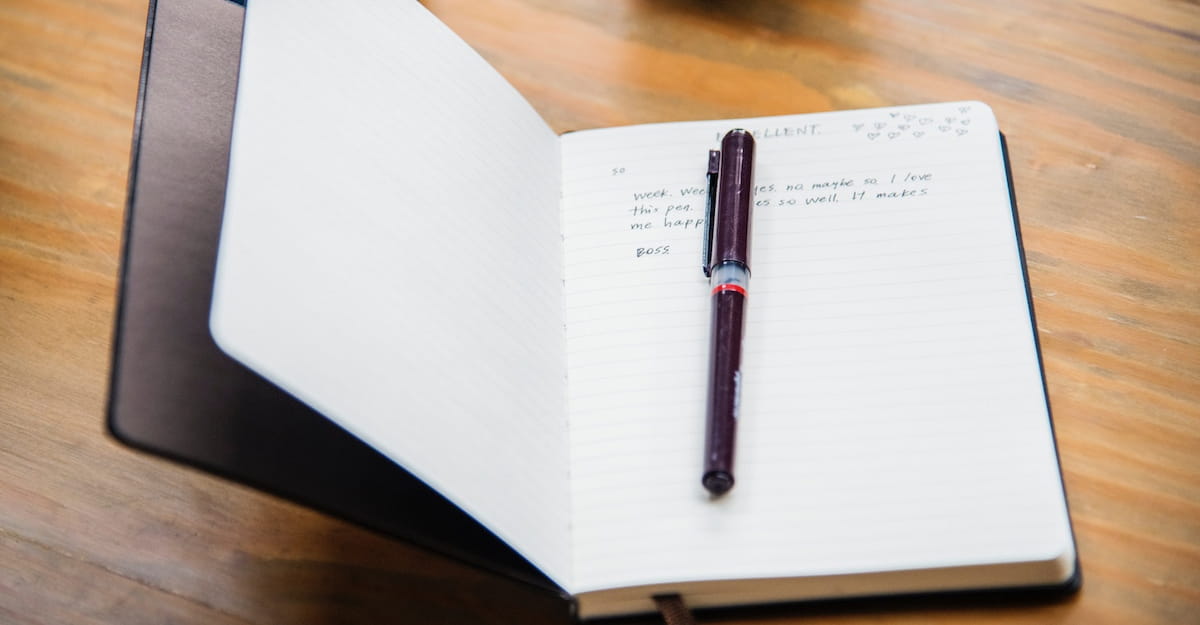
We began on this journey to dive into the art of voice, a complex but necessary skill for young writers to develop. Through many examples and practice activities, teachers who have followed this article series should be more equipped to teach and develop strong writers in their classrooms. In our last article, we will explore a simple yet nuanced skill: detail in writing.
Voice: Detail
Detail is an important element of voice in writing. When writers use details, they are able to bring their writing to life and create a more vivid and engaging experience for the reader. Details are specific pieces of information that help to develop the reader’s understanding of a scene, character, event, or idea. Details, also referred to as description, can be provided for any component of a text – the more details a writer includes, the more complex their writing becomes through those descriptions.
Because descriptive details can be used in any part of a text or any type of text, the examples are almost infinite. However, there are a few common and widely used examples of detail in writing. Physical description, action description, dialogue, and historical context are all examples of details that lead to strong writing.
The following examples are student-friendly and can be used in your classroom to introduce the concept of details in writing.
Physical details can help the reader to visualize a character or setting. Similar to imagery, these details may appeal to the senses but particularly to the sense of sight. Physical details allow the writer to build a world and invite the reader to step inside of that world and get to know it better. For example, if a writer is trying to describe a character as mysterious they may include these details, “The gentleman had piercing dark eyes, long untamed hair, and a scar above his left eyebrow.” These details paint a picture that the reader can see in her mind and contribute to a deeper characterization.
Action details can help to create a sense of movement or urgency in a scene or a text. Instead of writing, “She was in a hurry” a writer may state, “She bolted out of the classroom, her footsteps echoing down the hallway.” Both sentences convey that our character was in a hurry, but the second example provides multiple details that allow the reader to understand exactly how the character was acting in that moment.
Dialogue reveals information about characters’ thoughts, feelings, beliefs, and motives and helps move the story along in a more engaging and real-life way. Not only do the words spoken by characters matter, but the details that writers include to tell the reader how the words were spoken are equally important. For example, a story without dialogue may say, “They argued for an hour.” The reader has a very limited understanding of the characters from this single statement. However, consider this example –
“I can’t believe you did that,” she said, her voice quivering with anger.
He paused, and slowly said, “I’m sorry. I did…I did not realize how much it would upset you.”
The details in this short example of dialogue create more of a feeling and bring the scene to life.
Historical context details help to set the scene and create a sense of time and place in the story or the passage. For example, “The streets were crowded with horse-drawn carriages and sounds of street vendors selling fish by the sea.” Through these details, the reader can assume a specific time and place without the writer explicitly stating it.
Once your students have been exposed to several examples of details and are ready for practice, try this activity called “I Spy”.
First, choose an object in the classroom or a picture from a book. Ask students to look at the object or picture and identify specific details about it. For example, if the object is a lamp, they might notice its color, shape, size, and the material it’s made of.
Next, have students take turns describing the object or picture using as many specific details as possible. Students should write down these descriptive details first and then share them with a partner or small group. Encourage students to be creative and to use as many sensory details as they can to make their descriptions more vivid.
After students have shared their list of details to describe the object in their small groups, have each group vote on which student had the best description. Next, have all the small group winners share their details with the entire class and, again, vote for the best description based on the quality and quantity of details included.
This game helps students practice selecting and describing details in a fun and engaging way. It encourages them to be more observant and to think critically about how to convey their observations in writing. By playing this game, students will learn to use specific details to create vivid images in the reader’s mind and to develop their descriptive writing skills.
The Elements of Voice, Wrapped
Throughout this series we have explored the five foundational components of voice in writing: diction, syntax, tone, imagery and detail. Finding voice in writing is something that many young writers may struggle with but can develop and hone over time. By focusing on the five components of voice, students may grasp the concept more quickly and be able to develop their voice earlier in the writing process.
Read More

English Grammar 101 Alternatives

When You Ask for Analysis but You Get Summary Instead

Establishing Confident Writers Through Creativity and Self-Expression

Brainstorming Through Writer’s Block

Four Steps to Teaching Your Students Adverbs

How to Fire Your Internal Critic

What Just 10 Minutes of Daily Journaling Can Do for Student Writing



